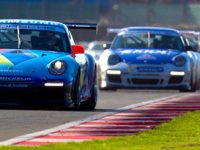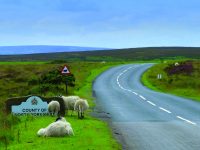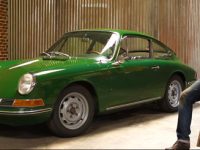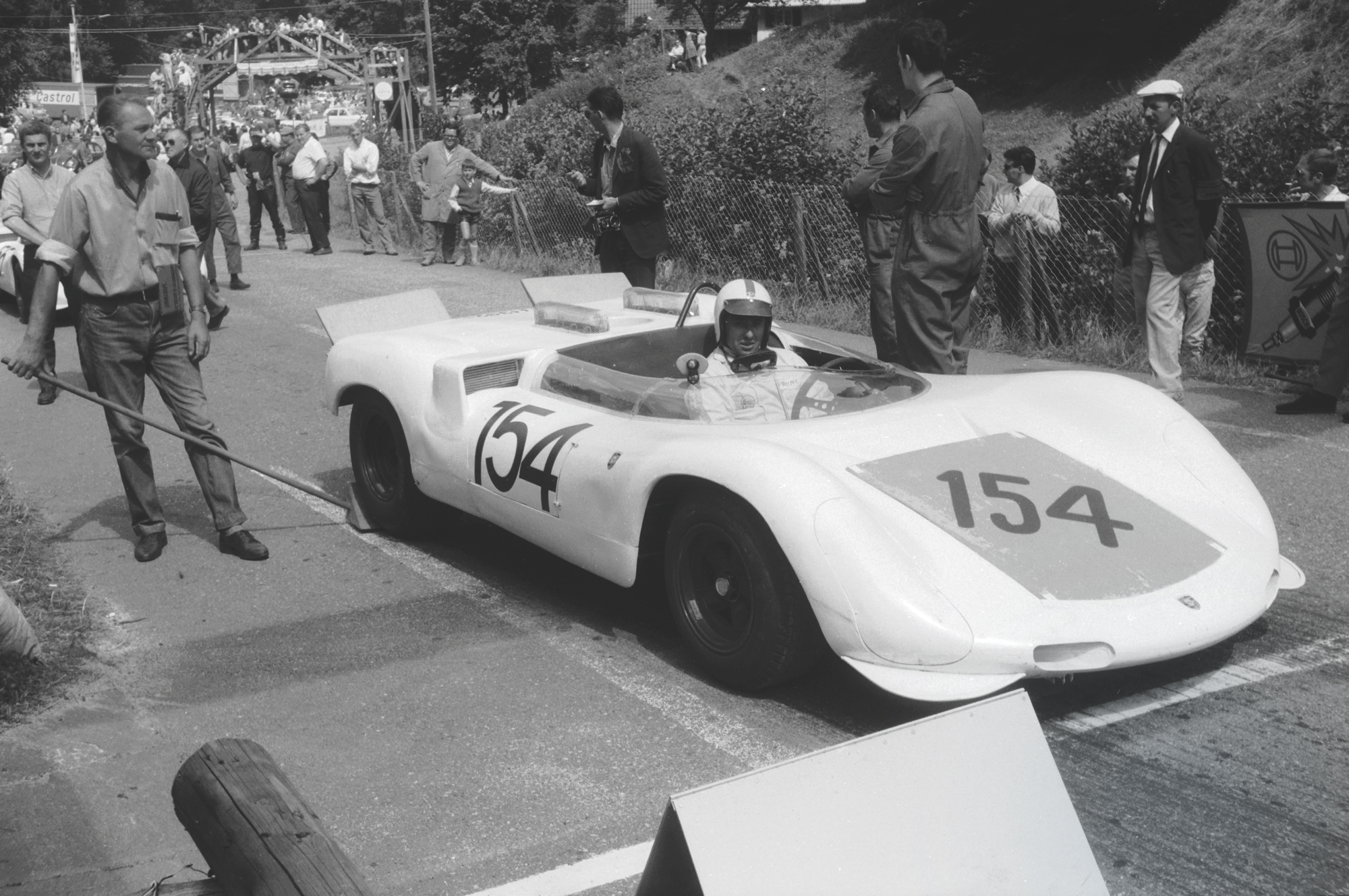Freiburg to Schauinsland, Germany
Hill-climbing is one of the oldest forms of motorsport and even as early as 1900 was already considered the optimal test of a car’s performance and durability. In Britain, we tend to think today only of those venerable climbs at Prescott or Shelsey Walsh, neither of which reaches a mile in length.
But on the Continent, not only were there far more hillclimbs, they were often much longer, such as Mont Ventoux at 21.6km. At one time, with over 60 ascents, Germany had the most hillclimb venues and consistently one of the most popular was Freiburg to Schauinsland in the south-western corner of the country.
Beginning at Günterstal just south of Freiburg, this wound its way through 127 corners, many of them tree-lined, and climbed 750 metres to its summit. Deemed one of the most challenging of all the continental ascents, average speeds were below 60mph and Bernd Rosemayer’s 7min 59sec prewar record in an Auto Union survived 20 years.
Crowds of 60,000 attended in the Thirties and they returned after the war, by which time the Schauinsland Bergrennen had become a major European fixture as part of the European Hill Climb championship. The prewar battles between Bugatti, Auto Union and Mercedes were replaced by confrontations between Ferrari and Porsche works teams.
Porsches were entirely at home at Schauinsland; conceived the other side of the Alps, many of the original Gmünd coupes were sold to Swiss hillclimbers (which helped, among other things, to pay for the move back to Stuttgart) and if the flat four Porsche had to give best to the straight sixes at Reims and Le Mans, on the twists of the Targa Florio or the Alpine ascents, its agility won the day.
Edgar Barth took the European mountain championship for Porsche three times in the RSK, his 1964 winning average at Schauinsland exceeding 100kph there for the first time. Barth’s untimely death from cancer robbed Porsche of its best exponent, but the company went on to develop the 500kg 909 Bergspyder to keep up the fight with the works Ferrari of Maranello’s ace climber, Ludovico Scarfiotti.
Meanwhile privately entered 911s would dominate the 2000cc class year after year.
With huge crowds and a festival atmosphere, these were the great days of hill-climbing. In the Seventies, though, the hillclimb championship continued, the works teams lost interest and event after event disappeared from the calendar. Schauinsland held its last big meeting in 1972 before fading away.
LATITUDE: 47° 54’ 40” N/7° 53’ 58” E POINTS OF INTEREST: FOOD AND ACCOMMODATION: Stadthotel Freiburg, Karlstrasse 7, Freiburg im Breisgau 79104;
Viewpoint, Schauinsberg summit, Historic Freiburg
Waldrestaurant St Valentin, Günterstal
www.restaurant-valentin.de
Tel: 020 3027 7154
The rise of classic motor racing has seen many happy revivals and intermittently there have been gatherings at Schauinsland in recent years. Only a portion of the original 12km is used, but memories are certainly stirred. This meeting is now run every two years with the next scheduled for July 2011.
There is no need to wait until then; just off the Strasbourg to Basle autobahn, the lovely old town of Freiburg nestles on the edge of the Black Forest. The turning to Günterstal and Schauinsland is easy enough to find and you can drive at your leisure through all 127 corners and marvel at how the top men ever managed a mean 65mph through here when a 35mph average is enough to cause perspiration.
The trees spoil the sight line so mostly you have to stick to your own side of the road if you decide to press on. There is little traffic, but the bikers have long discovered the route and so popular is it that Freiberg to Schauinsland is one of a dozen or so roads in Germany where the government bans motorcyclists on Sundays and public holidays.
So make the most of it; reconnoitre the route on Saturday then check out of your hotel early on Sunday morning before the local cycling clubs get going and you’ll have the road to yourself. The reward after all that second and third gear sweat is a 1,284m summit with sensational views in all directions and a distinct sense of achievement.
More from Total 911

Total 911 issue 106 on sale now

911 in Motorsport: Porsche Carrera Cup GB Brands Hatch finale

B1257, Helmsley to Stokesley, UK





Comments (0)